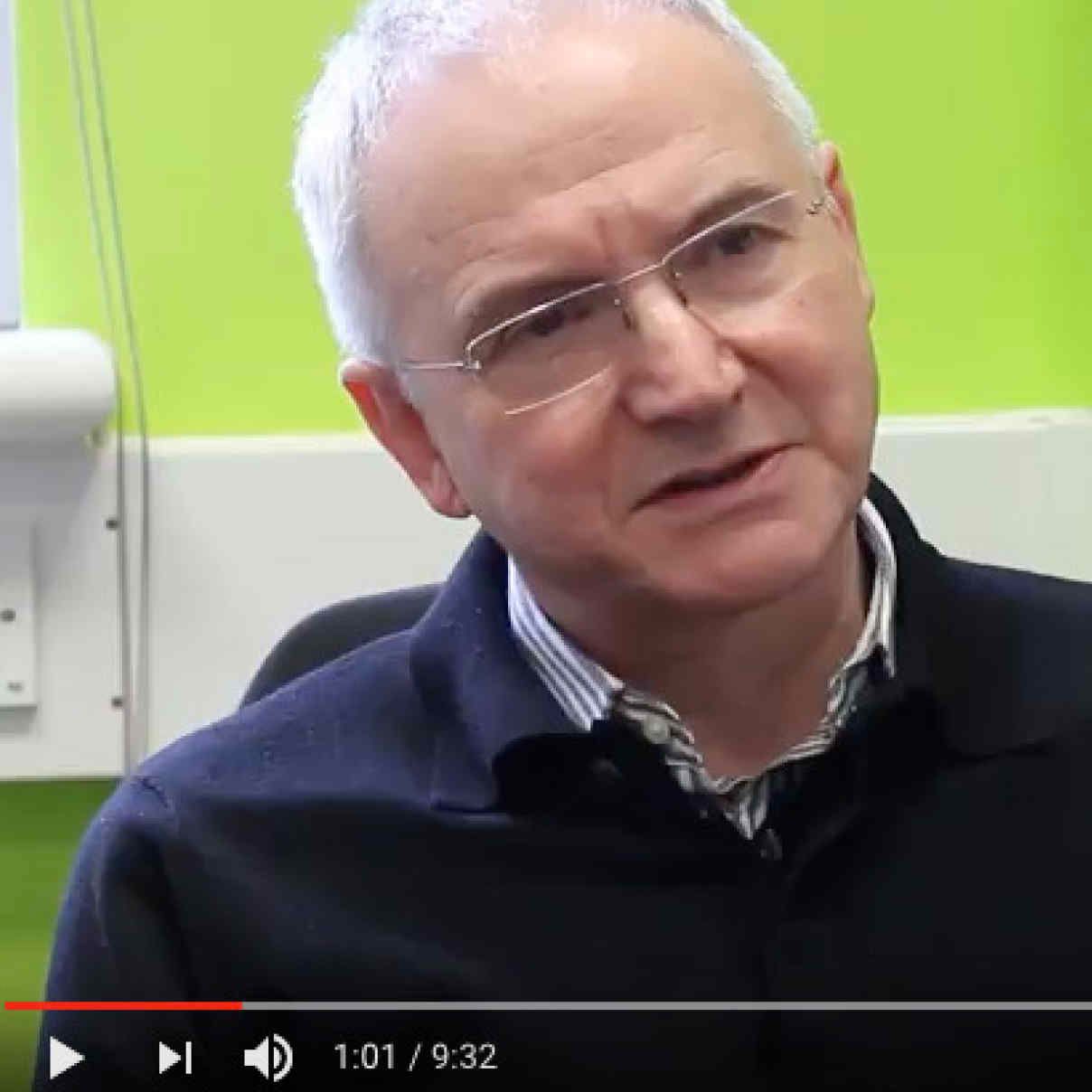Results
- Showing results for:
- Reset all filters
Search results
-
Journal articleThwaites RS, Jarvis HC, Singh N, et al., 2018,
Absorption of nasal and bronchial fluids: precision sampling of the human respiratory mucosa and laboratory processing of samples
, Jove-Journal of Visualized Experiments, Vol: 131, ISSN: 1940-087XThe methods of nasal absorption (NA) and bronchial absorption (BA) use synthetic absorptive matrices (SAM) to absorb the mucosal lining fluid (MLF) of the human respiratory tract. NA is a non-invasive technique which absorbs fluid from the inferior turbinate, and causes minimal discomfort. NA has yielded reproducible results with the ability to frequently repeat sampling of the upper airway. By comparison, alternative methods of sampling the respiratory mucosa, such as nasopharyngeal aspiration (NPA) and conventional swabbing, are more invasive and may result in greater data variability. Other methods have limitations, for instance, biopsies and bronchial procedures are invasive, sputum contains many dead and dying cells and requires liquefaction, exhaled breath condensate (EBC) contains water and saliva, and lavage samples are dilute and variable. BA can be performed through the working channel of a bronchoscope in clinic. Sampling is well tolerated and can be conducted at multiple sites in the airway. BA results in MLF samples being less dilute than bronchoalveolar lavage (BAL) samples. This article demonstrates the techniques of NA and BA, as well as the laboratory processing of the resulting samples, which can be tailored to the desired downstream biomarker being measured. These absorption techniques are useful alternatives to the conventional sampling techniques used in clinical respiratory research.
-
Journal articlePetrarca L, Midulla F, Openshaw PJ, 2018,
Vaccination policies in Europe: Common goals, diverse approaches and public doubts.
, European Journal of Immunology, Vol: 48, Pages: 10-12, ISSN: 0014-2980 -
Journal articleLi H, Bradley KC, Long JS, et al., 2018,
Internal genes of a highly pathogenic H5N1 influenza virus determine high viral replication in myeloid cells and severe outcome of infection in mice.
, PLoS Pathogens, Vol: 14, ISSN: 1553-7366The highly pathogenic avian influenza (HPAI) H5N1 influenza virus has been a public health concern for more than a decade because of its frequent zoonoses and the high case fatality rate associated with human infections. Severe disease following H5N1 influenza infection is often associated with dysregulated host innate immune response also known as cytokine storm but the virological and cellular basis of these responses has not been clearly described. We rescued a series of 6:2 reassortant viruses that combined a PR8 HA/NA pairing with the internal gene segments from human adapted H1N1, H3N2, or avian H5N1 viruses and found that mice infected with the virus with H5N1 internal genes suffered severe weight loss associated with increased lung cytokines but not high viral load. This phenotype did not map to the NS gene segment, and NS1 protein of H5N1 virus functioned as a type I IFN antagonist as efficient as NS1 of H1N1 or H3N2 viruses. Instead we discovered that the internal genes of H5N1 virus supported a much higher level of replication of viral RNAs in myeloid cells in vitro but not in epithelial cells and that this was associated with high induction of type I IFN in myeloid cells. We also found that in vivo during H5N1 recombinant virus infection cells of haematopoetic origin were infected and produced type I IFN and proinflammatory cytokines. Taken together our data infer that human and avian influenza viruses are differently controlled by host factors in alternative cell types; internal gene segments of avian H5N1 virus uniquely drove high viral replication in myeloid cells, which triggered an excessive cytokine production, resulting in severe immunopathology.
-
Conference paperGriesenbach U, 2018,
THE UPS AND DOWNS OF CF GENE THERAPY
, Joint 10th Annual Scientific Meeting of the Australian-Gene-and-Cell-Therapy-Society (AGCTS) and Australasian-Society-for-Stem-Cell-Research (ASSCR), Publisher: WILEY, ISSN: 1099-498X -
Conference paperJha A, Thwaites RS, Tunstall T, et al., 2018,
Human Nasal Challenge with TLR7/8 Agonist Resiquimod (R848) Induces Mucosal Interferon-α, with Increased Responsiveness in Asthmatic Volunteers
, International Conference of the American-Thoracic-Society, Publisher: AMER THORACIC SOC, ISSN: 1073-449X -
Conference paperSaleh AD, Clarke NK, Meng C, et al., 2017,
DEVELOPMENT OF ASSAYS TO ASSESS SAFETY AND EFFICACY OF LENTIVIRAL GENE THERAPY FOR CYSTIC FIBROSIS
, Winter Meeting of the British-Thoracic-Society, Publisher: BMJ PUBLISHING GROUP, Pages: A57-A57, ISSN: 0040-6376 -
Conference paperAtsumi N, Pilou A, Pringle I, et al., 2017,
GENE THERAPY FOR PULMONARY ALVEOLAR PROTEINOSIS
, Winter Meeting of the British-Thoracic-Society, Publisher: BMJ PUBLISHING GROUP, Pages: A72-A73, ISSN: 0040-6376 -
Conference paperHippolyte SS, Simmonds NJ, Bilton D, et al., 2017,
DIABETES AND PSEUDOMONAS, A TERRIBLE COMBINATION? EXAMINING THE UK CYSTIC FIBROSIS REGISTRY FOR A SEX DIFFERENCE IN OUTCOMES (2008-2013)
, Winter Meeting of the British-Thoracic-Society, Publisher: BMJ PUBLISHING GROUP, Pages: A2-A3, ISSN: 0040-6376 -
Conference paperHippolyte SS, Simmonds NJ, Bilton D, et al., 2017,
ARE GIRLS ALWAYS THINNER THAN BOYS? USING UK CYSTIC FIBROSIS (CF) REGISTRY DATA (2008-2013) TO EXAMINE WEIGHT CHANGES BETWEEN THE SEXES FROM CHILDHOOD AND BEYOND
, Winter Meeting of the British-Thoracic-Society, Publisher: BMJ PUBLISHING GROUP, Pages: A76-A77, ISSN: 0040-6376 -
Conference paperVlachantoni I, Ascough S, Grimaldi R, et al., 2017,
PHASE 1 TRIAL OF AN INTRANASAL RESPIRATORY SYNCYTIAL VIRUS (RSV) SUBUNIT CANDIDATE VACCINE: SAFETY RESULTS FROM THE MUC-SYNGEM STUDY
, Winter Meeting of the British-Thoracic-Society, Publisher: BMJ PUBLISHING GROUP, Pages: A43-A44, ISSN: 0040-6376
This data is extracted from the Web of Science and reproduced under a licence from Thomson Reuters. You may not copy or re-distribute this data in whole or in part without the written consent of the Science business of Thomson Reuters.
